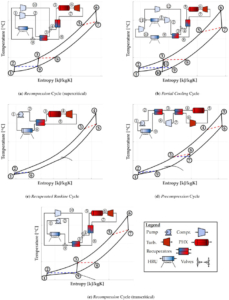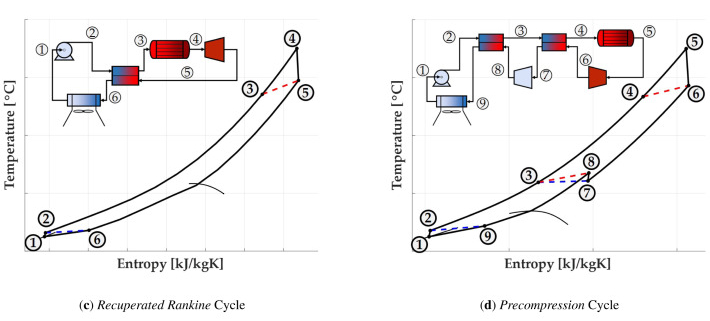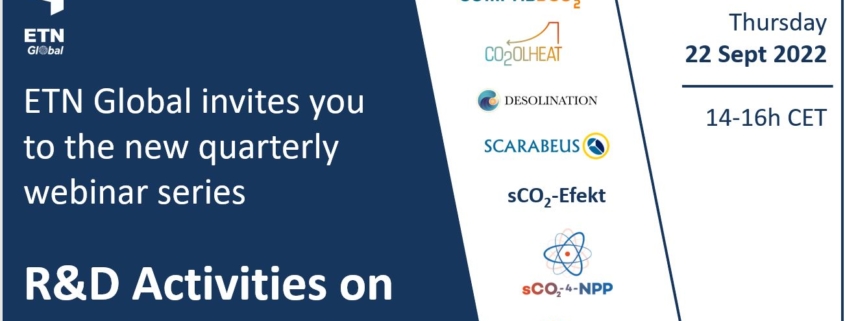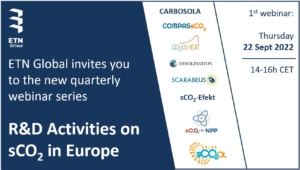New paper by University of Seville presents the exergy analysis of different transcritical Carbon Dioxide cycles for CSP applications

The SCARABEUS team at University of Seville has recently published an assessment of transcritical cycles running on different Carbon Dioxide mixtures in Concentrated Solar Power applications. This assessment makes use of the 2nd Law of Thermodynamics, rather than the 1st Law that is commonly used, with the aim to identify the room for further performance enhancement. Three different dopants are considered: Hexafluorobenzene (for cycles operating at temperatures lower than 600ºC), Titanium Tetrachloride and Sulphur Dioxide.
The paper has been published in Renewable Energy (Elsevier) and it is available in Open Access on the publisher’s website (link). Check the abstract below:
This paper focuses on the thermodynamic comparison between pure supercritical Carbon Dioxide and blended transcritical Carbon Dioxide power cycles by means of a thorough exergy analysis, considering exergy efficiency, exergy destruction and efficiency losses from Carnot cycle as main figures of merit. A reference power plant based on a steam Rankine cycle and representative of the state-of-the-art (SoA) of Concentrated Solar Power (CSP) plants is selected as base-case. Two different temperatures of the energy (heat) source are considered: 575 °C (SoA) and 725 °C (next generation CSP).
Compared to SoA Rankine cycles, CO2 blends enable cycle exergy efficiency gains up to 2.7 percentage points at 575 °C. At 725 °C, they outperform both SoA and pure CO2 cycles with exergy efficiencies up to 75.3%. This performance is brought by a significant reduction in the exergy destruction across the compression and heat rejection process rounding 50%. Additionally, it has been found that the internal condensation occurring inside the heat recuperator for those mixtures with a large temperature glide improves recuperator exergy efficiency, supporting the use of simpler layouts without split-compression. Finally, CO2 blends exhibit lower cycle exergy efficiency degradation than pure sCO2 in the event of an increase in the design ambient temperature.





